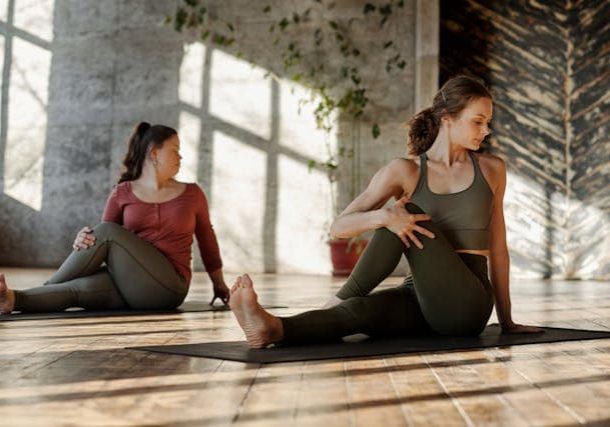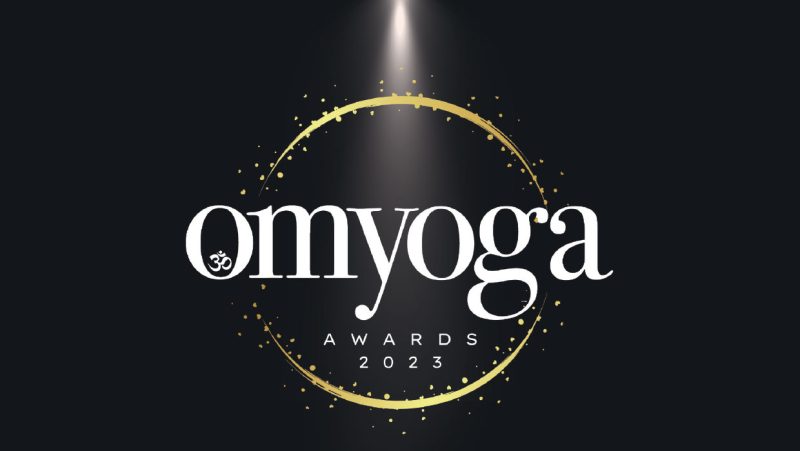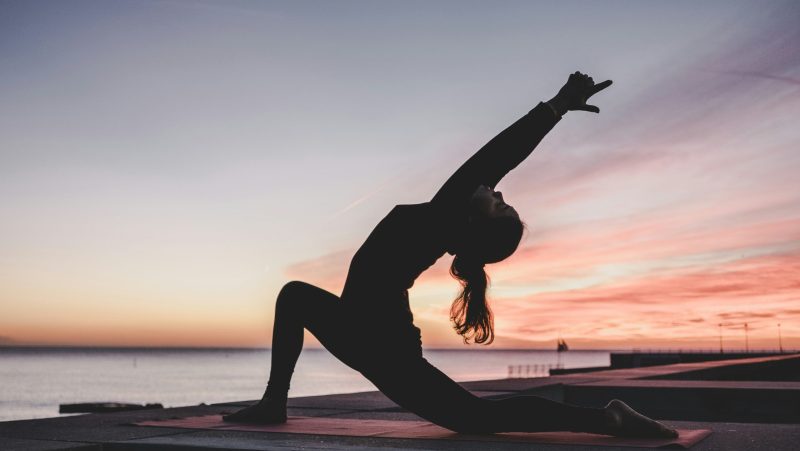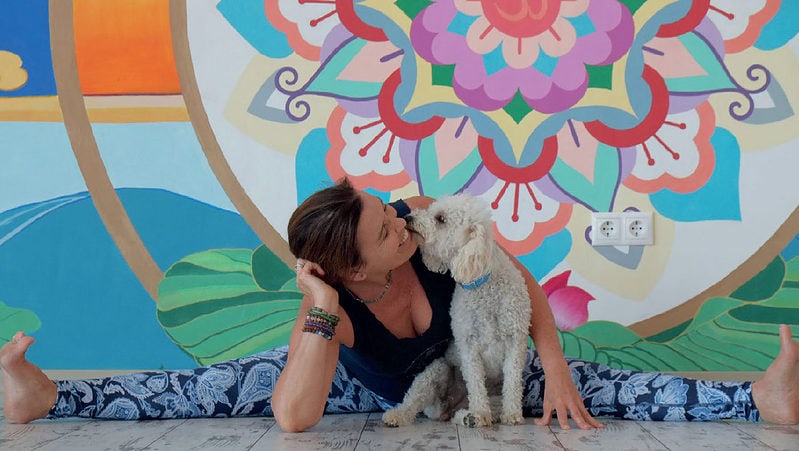
How to Become a Certified Yoga Teacher in the UK
The practice of teaching yoga in the UK has never been so popular. Not only can this be an extremely rewarding career financially, but also for self actualisation, teachers can experience a feeling of personal accomplishment. Becoming qualified in the UK does have its differences when looking at varying international locations. Whether you dream of leading peaceful Vinyasa flows in a London city studio or guiding mindfulness sessions in a local park, here’s what you need to know to get started.
Reading time: 4 minutes
1. Build Your Practice First
If Yoga is a brand new practice for you, it might be best to harness your skill before you teach others. Experienced yoga teachers recommend at least 2-3 years of regular yoga practice. A strong foundation before you begin the process of earning your qualifications is crucial. Plus, to teach others to the best of your ability, having the drive and love for the practice needs to shine through as you teach, which comes with time. A strong personal foundation ensures you develop the confidence, awareness, and discipline needed to teach with authenticity and care.
2. Complete a Recognised Yoga Teacher Training
In the UK, the most widely accepted qualification is a 200-hour yoga teacher training course, which can take anywhere from a month to a few months to complete depending on the time frame you set yourself. The courses tend to be flexible, and offer hours whereby students can fit their learning around their day to day lives.. This forms the foundation of your teaching practice and is considered the industry standard. Courses can be completed in various formats to suit your lifestyle—from immersive month-long intensives to part-time weekend or blended learning models.
When choosing your course, it’s important to check for accreditation. Look for one of the following:
- Yoga Alliance (RYT 200) certification, recognised internationally.
- Ofqual-regulated Level 3 Diploma, often offered by organisations like YMCA Awards or Focus Awards.
These programmes typically cover anatomy and physiology, yoga philosophy, teaching methodology, sequencing, and ethics. While the content may vary slightly depending on the school, a reputable provider will ensure a balanced and comprehensive curriculum that prepares you for the realities of teaching in diverse environments.
3. Consider Advanced Training
Once you've completed your initial 200 hours and gained some practical experience, you might choose to further your yoga teaching education. Many instructors go on to complete a 300-hour or 500-hour training, either to deepen their knowledge or to specialise in a particular area of interest such as prenatal yoga, children’s yoga, or restorative practices.
In the UK, whether you have British Citizenship or not, you can also pursue a Level 4 Diploma through providers accredited by the British Wheel of Yoga or other recognised bodies. These longer-form qualifications may be especially beneficial if you're interested in working within the NHS, schools, or more formal institutions where Ofqual recognition is valued. Advanced credentials aren’t required to teach, but they can enhance your professional credibility, broaden your scope, and help you develop a more refined teaching style.
4. Get Your Legal and Professional Essentials in Order
Now you’ve got all of the correct experiences and qualifications, there are just a few extra things to have in-place. To work professionally as a yoga teacher in the UK, there are a few key administrative and legal responsibilities to address:
- Insurance: Public liability and professional indemnity insurance are essential, especially if you're working freelance or in multiple locations.
- Self-employment registration: If you’re not contracted by a studio or gym, you’ll need to register as self-employed with HMRC and manage your own tax records.
- First aid certification: While not always legally required, many studios will expect you to hold an up-to-date first aid qualification to be prepared for all possible circumstances.
- Music licensing: If you plan to use music in your classes, you may need a PRS or PPL licence depending on the venue.
- Data protection: If you collect client information for bookings or marketing, you’ll need to comply with GDPR and may need to register with the Information Commissioner’s Office (ICO).
5. Start Teaching
With your qualification and legal essentials in place, you’re ready to start teaching life changing yoga to eager students. Many new instructors begin by teaching in gyms, community centres, or yoga studios to build an initial loyal clientele. However, you can start working privately and offering private sessions in your own home to get initial content.
Teaching yoga in the UK can be a flexible and fulfilling career path. You might find yourself working across different venues or even combining teaching with other wellness practices. Class rates can vary, but typically start around £25–£45 per session, with opportunities to increase this as your experience and client base grow.
Remember, your first classes don’t have to be perfect. Like any skill, your teaching style will evolve over time. Focus on creating a safe, inclusive, and thoughtful environment for your students.
Final Thoughts
The path to becoming a yoga teacher in the UK is well-defined, but also deeply personal. It combines professional training with personal growth, and while the qualifications are important, your ongoing curiosity, self-reflection, and care for others are what will truly set you apart.
Let your training be the start of something meaningful.





